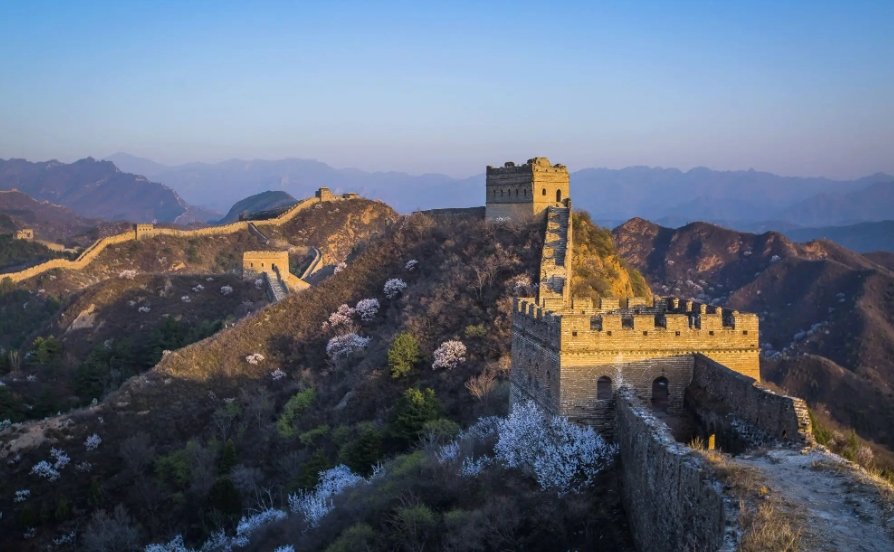
Where Does the Great Wall Begin and End?
The Great Wall of China, a UNESCO World Heritage Site, is a monumental testament to human ingenuity and perseverance. Spanning thousands of miles, it is often described as the only human-made structure visible from space (although this is a misconception). While the wall's immensity is undeniable, pinpointing its exact beginning and end can be surprisingly complex.
The most common answer is that the Great Wall begins in the east at Shanhaiguan in Hebei province and ends at Jiayuguan in Gansu province to the west.
Shanhaiguan, known poetically as "The First Pass Under Heaven," stands where the wall dramatically meets the Bohai Sea. This fortress city, built in the 14th century during the Ming Dynasty, boasts impressive ramparts and gates, offering a glimpse into its strategic importance in protecting China from invaders from the northeast.
Jiayuguan, on the other hand, is located in the desolate Gansu corridor, a narrow passage through the Gobi Desert. Often referred to as the "First and Greatest Pass Under Heaven," Jiayuguan marked the westernmost outpost of the Ming Dynasty's defenses. Its imposing structure, complete with watchtowers and intricate defense mechanisms, served as a crucial barrier against invaders and controlled trade along the Silk Road.
While these two points mark the beginning and end of the most well-preserved and commonly visited sections of the wall, it's crucial to remember that the Great Wall is not a single, continuous structure. It is a complex network of fortifications built and rebuilt over centuries by various dynasties.
The Great Wall's main body doesn't just consist of walls. It encompasses a variety of structures, each serving a specific purpose:
- Walls: These vary in height and width, constructed using whatever materials were readily available, like tamped earth, brick, and stone.
- Horse tracks: Running alongside the walls, these facilitated the rapid movement of troops and supplies.
- Watchtowers: Strategically placed, these towers provided elevated vantage points for surveillance and signaling.
- Shelters on the wall: Offering basic protection from the elements, these structures housed soldiers stationed along the wall.
- Fortresses and passes: Situated at key strategic points, fortresses provided larger garrisons and acted as administrative centers, while passes controlled movement through the wall.
Beyond Shanhaiguan and Jiayuguan, remnants of walls and fortifications extend further, reflecting the evolving strategic needs of different dynasties. In the northeast, sections of the wall reach into Liaoning province, while in the west, ruins stretch towards Xinjiang province. This extensive network paints a more complete, albeit fragmented, picture of the Great Wall's vast scale and the ambition behind its construction.
Q & A
1. Why were different materials used to build the Great Wall? The materials used depended on what was locally available. In some areas, readily available earth was tamped down between boards to create a solid structure. In others, brick and stone were more abundant and used for a more resilient construction.
2. Besides defense, what other purpose did the Great Wall serve? The Great Wall served as a way to control trade, regulate immigration and emigration, and impose taxes on goods transported along the Silk Road. It also served as a physical symbol of the Chinese empire's power and influence.
3. Is it really possible to see the Great Wall from space? Despite the popular belief, the Great Wall is not visible to the naked eye from space. While impressive from Earth, its relatively small size and camouflaging colors make it indistinguishable at such a distance.